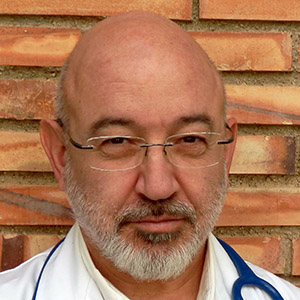Únete a nuestro boletín
Recibe información actualizada, novedades y noticias sobre la lactancia, el proyecto e-lactancia y otras iniciativas de APILAM
Legitimación: Consentimiento del interesado.
Como usuario e interesado te informo que los datos que nos facilitas estarán ubicados en los servidores de Mailchimp (proveedor de email marketing de APILAM) fuera de la UE en EEUU. Mailchimp está acogido al acuerdo EU-US Privacy Shield, cuya información está disponible aquí, aprobado por el Comité Europeo de Protección de Datos. Ver política de privacidad de Mailchimp. (https://mailchimp.com/legal/privacy/).
El hecho de que no introduzcas los datos de carácter personal que aparecen en el formulario como obligatorios podrá tener como consecuencia que no podamos atender tu solicitud.
Podrás ejercer tus derechos de acceso, rectificación, limitación y suprimir los datos en apilam.es@gmail.com así como el derecho a presentar una reclamación ante una autoridad de control.
Puedes consultar la información adicional y detallada sobre Protección de Datos en esta web: http://e-lactancia.org, así como consultar nuestra propia política de privacidad.

El agua es un fluido transparente que forma los ríos, lagos, océanos y la lluvia del mundo, y es el principal constituyente de los fluidos de los organismos vivos. Es un elemento natural que se utiliza como ingrediente y vehículo en diversas preparaciones farmacéuticas. (DrugBank Online)
Las madres lactantes suelen beber alrededor de 1 litro diario más de lo habitual para compensar el agua extra que se utiliza para producir leche. No hay una relación significativa entre la ingesta de líquidos y el suministro de leche materna (Morse 1992, Dusdieker 1990 y 1985). No hay evidencia suficiente para respaldar un aumento en la ingesta de líquidos más allá de lo que las madres que amamantan requieren para satisfacer sus necesidades fisiológicas (Ndikom 2014). La mejor guía pues, sería la sed que sienta la madre lactante.
El tratamiento tópico de las grietas, traumatismos o inflamaciones del pezon con agua destilada no ha mostrado mayor efectividad que otros tratamientos locales como lanolina o la propia leche materna. (Vieira 2013)
El agua, para inyección parenteral o en forma de gel para aplicaciones cutáneas, es perfectamente compatible con la lactancia.
Listado de medicamentos esenciales OMS: compatible con la lactancia. (WHO-UNICEF 2002)